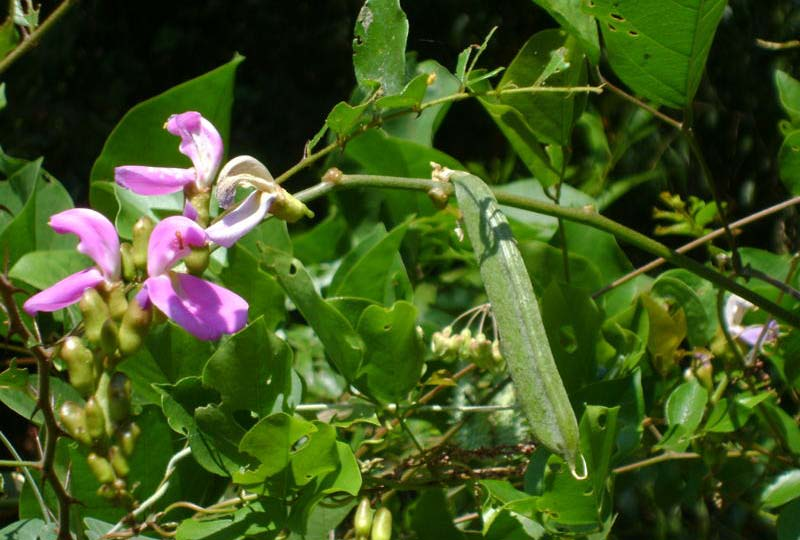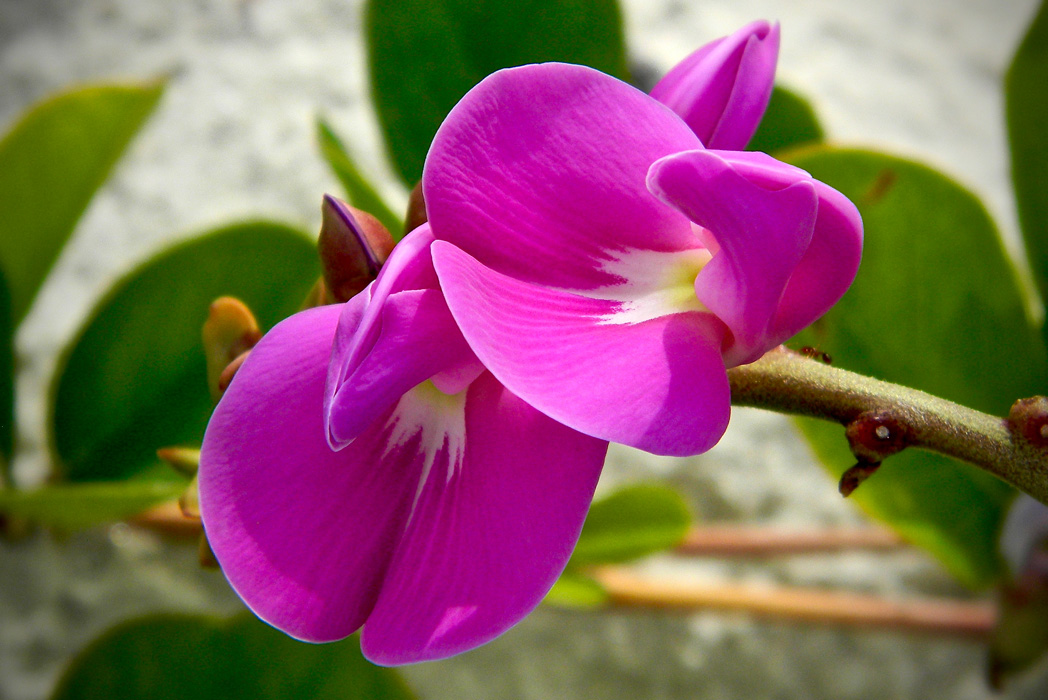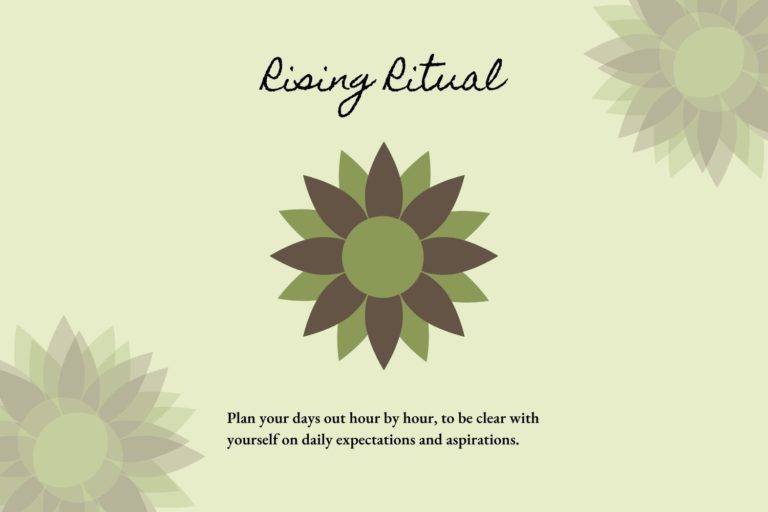Names: Bay Bean, Beach-bean, Jack-bean, Maunaloa, Puakauhi, Wonderbean, and Friol de Playa, Mackenzie bean. Kijimanu, Canavalia rosea, C. maritima, Pataning dagat
Botanical Family: Fabaceae, aka the pea/legume family
Parts Used: Leaves, Beans, Flowers, Roots
Preparations: Incense, Tea, Ritual Use, Recreational Smoking
Home & Personality: Bay Bean is a very fast-growing and sturdy vine which can be found all over the world, in tropical and subtropical coastal locations. To me, this plant represents stability because it sets down roots at nodes as it trails across beaches and dunes, the roots forming networks that aid in stabilizing sands. Baybean prefers warmth and can tolerate periods of drought, but definitely likes full sun and the beach! The flowers of Canavalia are pink in color, sometimes mature to a deep magenta, beanstalks that resemble snow peas also sprout off of the vine of this tropical shrub.

Cultural & Medicinal Uses: The large raw seeds of Canavalia maritima are toxic, so do not ingest them in this state. In certain West African cultures, the beans are soaked prior to ingesting, as they are rich in protein and nutrients. Ultimately, they are prepared by being boiled or roasted. On the other hand, they have been used as an entheogen in various rituals in Latin America and Africa, as they are hallucinogenic when burned. In my travels to Puerto Rico, they were described as an aphrodisiac as well. Nowadays, the leaves are used just like Mapacho tobacco for the preparation of blunts. Leaves are used medicinally in different parts of the world, especially in the East, they are recognized for being anti cancerous, antibacterial, and antiplasmodial. In Australia, baybean is a known bush medicine as it is applied to skin abrasions much like plantain and yarrow. That’s not all, the Australians also use the plant root for a variety of things from addressing balding hair to illnesses; varying from body aches and common colds to rheumatism and leprosy.
Effects of Bay bean: The effects are no more intense than the average cigarette, and certainly not strong enough to be labeled a “drug”. Nevertheless, the psychoactive effects of this keen natural gem are undeniable. It produces a calming body-sensation, and is soothing to the mind. Some people compare its effects to be a milder version of marijuanna. It also seems to potentiate the effects of other plants or synthetic chemicals it is smoked with. Blends which contain Salvia divinorum (another entheogen) have been reportedly quadrupled in effect. The plant contains L-Betonicine, which is the active ingredient. As mentioned before, baybean is a feel good herb, as an aphrodisiac it is stimulating to the libido and lowers inhibitions, relaxing the muscles and mind.

Culturally & Historically: Bay Bean is another exotic botanical curiosity and an amazing plant for making incense, especially when blended with other incense herbs. There seems to be many stories surrounding this plant, and it was considered important and sacred enough to be placed in graves in and around the area by the Mazatec people of southern Mexico and other tribal groups. This alone indicates an importance for this plant in ritual that goes beyond decoration, as the dried leaves are not pleasing to the eye (though their smell is absolutely lovely). Another traditional use in South America and the Gulf Coast of Mexico is drinking tea made from the leaves.Natives claim that it fell out of favor a long time ago, but with no thoughts as to why. We are continuing our search for information about this plant. With such a wide range, there must be knowledge of its use in ritual somewhere. Beach bean is another curious potential entheogen. There are many stories around this plant, it was considered important and sacred enough to be placed in graves in and around the area by the Mazatecs and other tribal groups. Dried leaves have been used as entheogen, a component to some ancient rituals. In ancient Peru, the fruit and leaves had ritual and magical use. Traditional use in South America and the Gulf Coast of Mexico is drinking tea made from the leaves.
Our relationship: Baybean and I first crossed paths on the shore of the Humacao Nature Reserve. Like you’ve read, this vine truly dominated the beach, how could I not notice her. I snapped a few pictures to identify her and left her unbothered. I will be going to visit her again in my upcoming trip to Puerto Rico for AfroNation 2022. Stay tuned for updates to my experiences with her!
Warning/Disclaimer: Venus Raquel aka Ethnotrot is not encouraging any of our readers to try baybean on their own. If you are planning to ingest baybean, please talk to a professional to assess the risk.
Bibliography:
http://ve.scielo.org/scielo.php?script=sci_arttext&pid=S0004-06222004000400013
https://journalofethnicfoods.biomedcentral.com/articles/10.1186/s42779-021-00097-1




